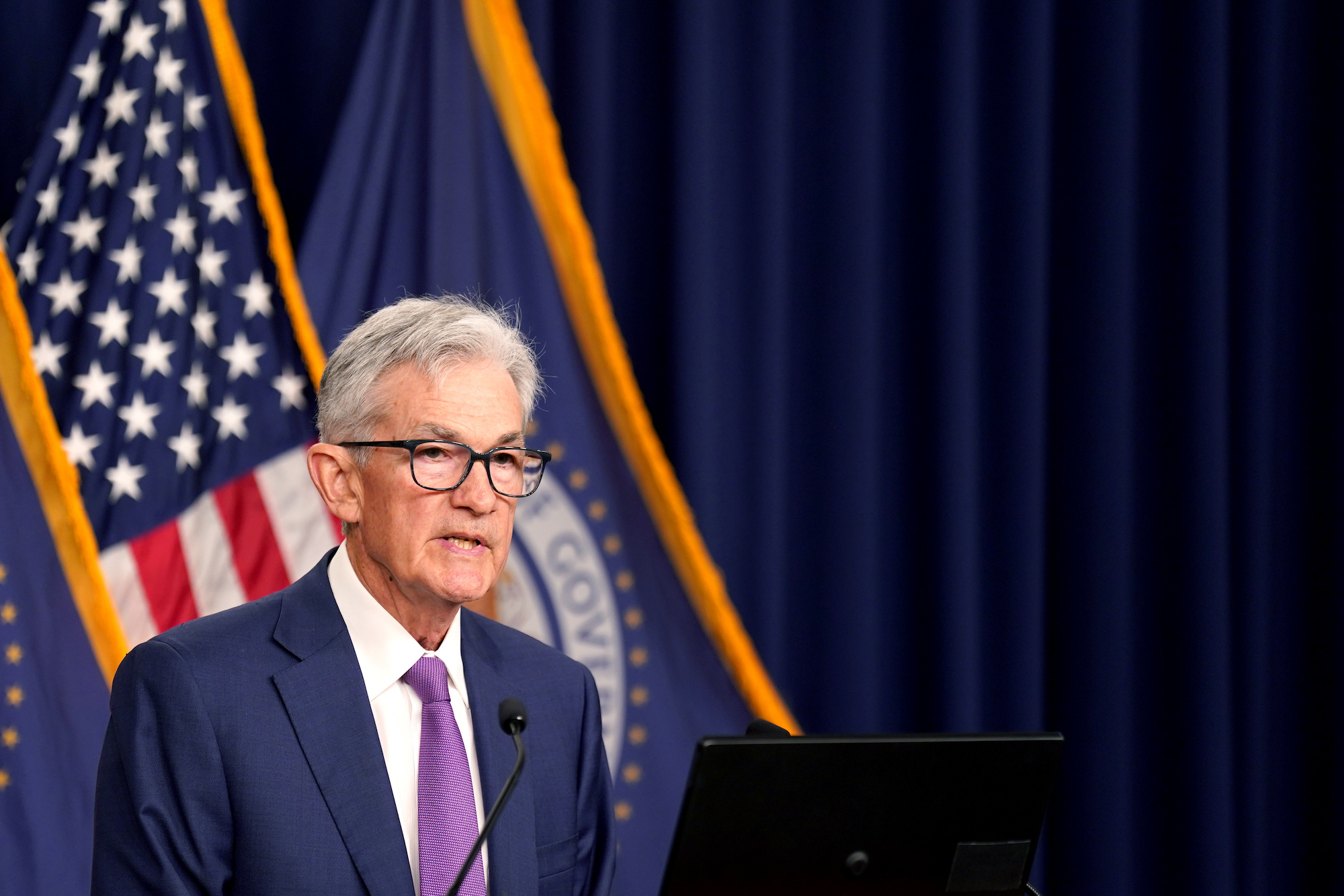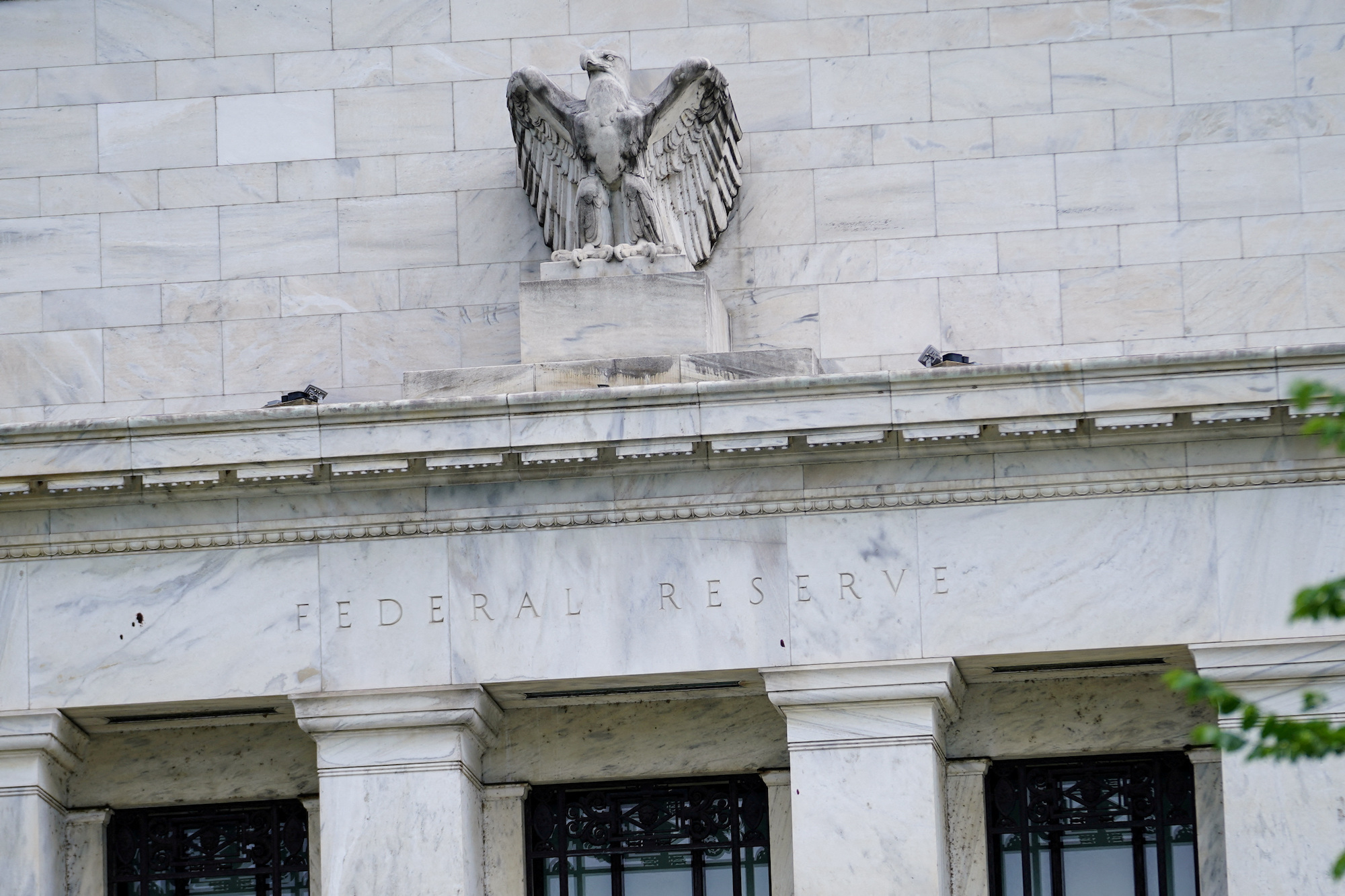
In a highly anticipated decision on May 1, 2024, the Federal Reserve kept interest rates steady at their current level of 5.33%, marking the eighth consecutive meeting without a change. The Fed's decision came as inflation continued to prove more stubborn than expected in early 2024, with both the Consumer Price Index (CPI) and Personal Consumption Expenditures (PCE) indices reporting year-on-year increases of 3.5% and 2.7%, respectively, in March.
During a press conference following the decision, Federal Reserve Chair Jerome Powell emphasized the central bank's commitment to returning inflation to its 2% objective and noted that there had been a lack of further progress toward this goal in recent months. Powell also stressed the Fed's independence from politics during his remarks.
The decision to maintain interest rates at their current level was widely anticipated by financial analysts, who have been closely monitoring inflation data and the economic picture as a whole. The Federal Reserve's statement following the meeting reiterated its commitment to maximum employment and price stability, while acknowledging that risks to achieving these goals had moved toward a better balance over the past year.
The Fed's decision not to reduce interest rates has significant implications for savers, who have seen their earnings increase substantially in 2023 due to higher interest rates. According to recent data, savers made $315.4 billion in interest from deposit accounts during the year, a fourfold increase compared to 2022.
The Fed's decision also has implications for the broader economy and financial markets. The central bank's statement indicated that it would continue reducing its holdings of Treasury securities and agency debt, while slowing the pace of decline in its securities holdings beginning in June. This move is expected to put downward pressure on bond prices and potentially lead to higher yields for longer-term bonds.
The Fed's decision not to reduce interest rates also has implications for stocks, with some analysts suggesting that a prolonged period of high interest rates could negatively impact the valuations of growth-oriented companies. However, others argue that higher interest rates could benefit sectors such as financials and utilities.
The Federal Reserve's decision to maintain interest rates at their current level was met with mixed reactions from financial markets, with stocks initially rallying before giving back some gains later in the day. The S&P 500 and tech-heavy Nasdaq both closed lower on May 1, while the Dow Jones Industrial Average ended higher for the day.




